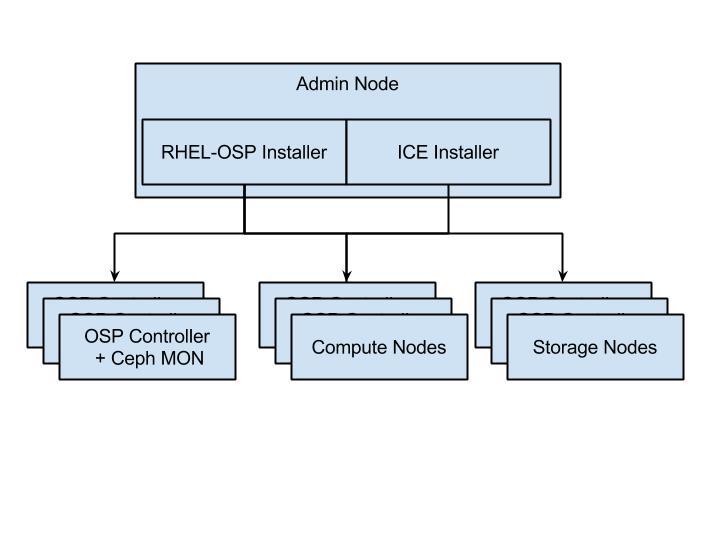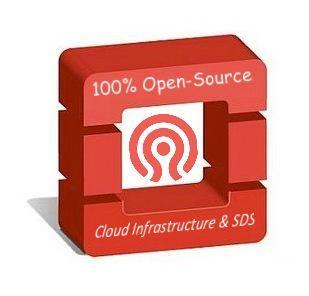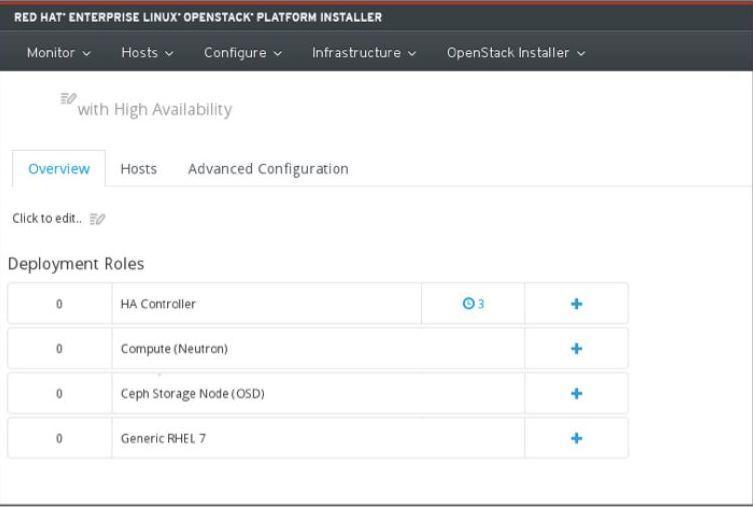Red Hat Blog
Authored by Neil Levine, Director Product Marketing, Red Hat and Sean Cohen, Principal Technical Product Manager, Red Hat
The OpenStack summit in Paris not only marks the release of Juno to the public but also the 6 month mark since Red Hat acquired Inktank, the commercial company behind Ceph. The acquisition not only underscored Red Hat’s commitment to use open source to disrupt the storage market, as it did in the operating system market with Linux, but also its investment in OpenStack where Ceph is a market leading scale-out storage platform, especially for block.
Even prior to the acquisition, Inktank’s commercial product - Inktank Ceph Enterprise - had been certified with Red Hat Enterprise Linux OpenStack Platform and over the past 6 months, the product teams have worked to integrate the two products even more tightly.

The first phase of this work has been focused on simplifying the installation experience. The new Red Hat Enterprise Linux OpenStack Platform installer now handles configuration of the Ceph components on the controller and compute side, from installing the packages to configuring Cinder, Glance and Nova to creating all the necessary authentication keys. With the Ceph client-side components now directly available in RHEL OpenStack Platform, much of what was a manual effort has now been transformed & automated. In addition the RHEL OpenStack Platform installer also takes responsibility for the configuration of the storage cluster network topology and will boot and configure the hosts that will be used by the Ceph storage cluster.
The Inktank Ceph Enterprise installer has also been modified to take pre-seeded configuration files from RHEL OpenStack Platform and use them to build out the storage cluster. With some of the Ceph services architected to run co-resident on the controller nodes, the number of physical nodes needed has been reduced without sacrificing security of performance.
The benefits to the customer are a 100% open-source cloud infrastructure for compute and storage - both block
 (via Ceph block device) and object (via Ceph Object Gateway) - with a solution that is backed by Red Hat’s extensive QA and global support services team. With the largest number of committers to both OpenStack Juno and Ceph, Red Hat are the only vendor able to deliver full top to bottom support for the combined stack with a “single throat to choke” model.
(via Ceph block device) and object (via Ceph Object Gateway) - with a solution that is backed by Red Hat’s extensive QA and global support services team. With the largest number of committers to both OpenStack Juno and Ceph, Red Hat are the only vendor able to deliver full top to bottom support for the combined stack with a “single throat to choke” model.
Looking ahead to the next 6 months, customers should expect many of the Ceph-specific features of Juno arriving in the next version of Red Hat Enterprise Linux OpenStack Platform 6. In particular, full support for ephemeral volumes backed by the Ceph block device (RBD) means that Ceph can handle all block storage for both Nova and Cinder, opening the possibility for ‘diskless’ compute nodes and near-instantaneous booting of new VMs. A second phase of integration work around the installation process is also starting, with the goal of creating a single, unified installation workflow for both RHEL OpenStack Platform and Inktank Ceph Enterprise that will allow for flexible topologies and “touch of a button” scale-out.
Within the Ceph project, there is ongoing focus on improving performance in general which will be of particular interest to customers looking to back Trove databases with RBD storage. Finally, during the Kilo cycle, Red Hat’s Ceph and OpenStack will be focusing on blueprint work that extends the multi-site and disaster recovery options. Here, the ongoing work around RBD Mirroring and the volume replication capabilities in OpenStack Cinder are high on the list - though extending Glance to handle legacy image types and prepare them for RBD will also receive attention.
You can see a list of all of the Ceph related sessions on the OpenStack Summit website and developers are invited to attend the Ceph design session held at the summit. The week before the summit the Ceph project will also be running its regular Ceph Design Summit for the upcoming Hammer release.
Red Hat’s goal to be the default vendor for the next generation of IT architectures is moving towards becoming a practical reality through its support and deep investment of OpenStack and Ceph. As ever, we welcome feedback on where customers would like to see deeper integration and look forward to seeing everyone at the upcoming Paris summit.

